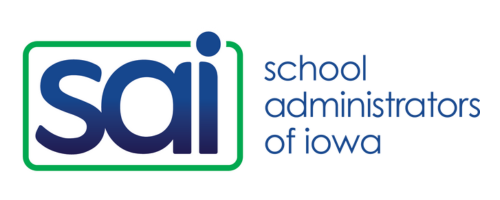Building a Comprehensive K-8 Schedule
Date postedFebruary 12, 2024
You’re likely already reflecting on what you might do differently in the 2023-24 school year; one item up for consideration may be your master schedule. These four recommendations from the Region 9 Comprehensive Center can help you get started.
- Ensure stakeholder collaboration. Consider a scheduling team including your assistant/associate principal or dean (if applicable), a teacher representative from each grade level and specials areas, an office staff member, a technology staff member, a custodial/maintenance staff member, a kitchen/cafeteria staff member, a member of the transportation department (if applicable), and a member of any shared service partnerships (if applicable). Consider getting feedback from student and parent groups as well and remember to keep your district administrative team informed of your work.
- Set a timeline to complete the work.
- When will the scheduling process begin?
- When will the scheduling team be identified?
- When, where, and how often will the team meet?
- Will there be opportunities for input from advisory groups and/or open forums?
- Will there be opportunities for all staff to review?
- When will the schedule be presented to the superintendent and/or board of education?
- When will the final schedule be distributed to all staff?
- Questions for consideration as the team creates the draft:
- What are the maximum capacities of our school building locations, including classrooms, entrances, foyers, cafeterias, gymnasiums, auditoriums, and libraries?
- What are the contractual individual teacher preparation time and team planning time requirements, and any other union requirements for our schedule?
- Should we adjust the length of the school day, start and end times, or length of class periods? Should we use passing periods or advisory periods in our design? What impact will these changes have on our bus routes?
- Should we relocate any grade-level or special classrooms, create grade-level wings, or design central intervention areas to minimize hallway traffic?
- Should we adjust the number of lunch periods and serving lines or redesign our student hallway traffic flow during lunch periods to minimize disruptions to other classes in session?
- Should we adjust the frequency or duration of special classes (art, music, physical education, library, technology, interventions, etc.) to maximize the availability of shared staff, classroom space, gymnasium space, or auxiliary spaces?
- Should we use carts to deliver any special instruction due to space limitations in full-size classrooms?
- Should we adjust to/from block schedules for certain subjects to maximize educational impact (ELA, math, interventions) and streamline transitions of supporting staff (reading specialists, instructional coaches, etc.)?
- Should we include supervision assignments in the final schedule (lunch hour, recess, before school, after school) for efficiency and clarity?
- Model your leadership! Establish team agreements that include how you will reach consensus, honor all voices, and keep focused on what’s best for students. Ensure effective communication throughout the process to identified audiences. You may want to utilize the Six Thinking Hats to support analysis of your draft.
